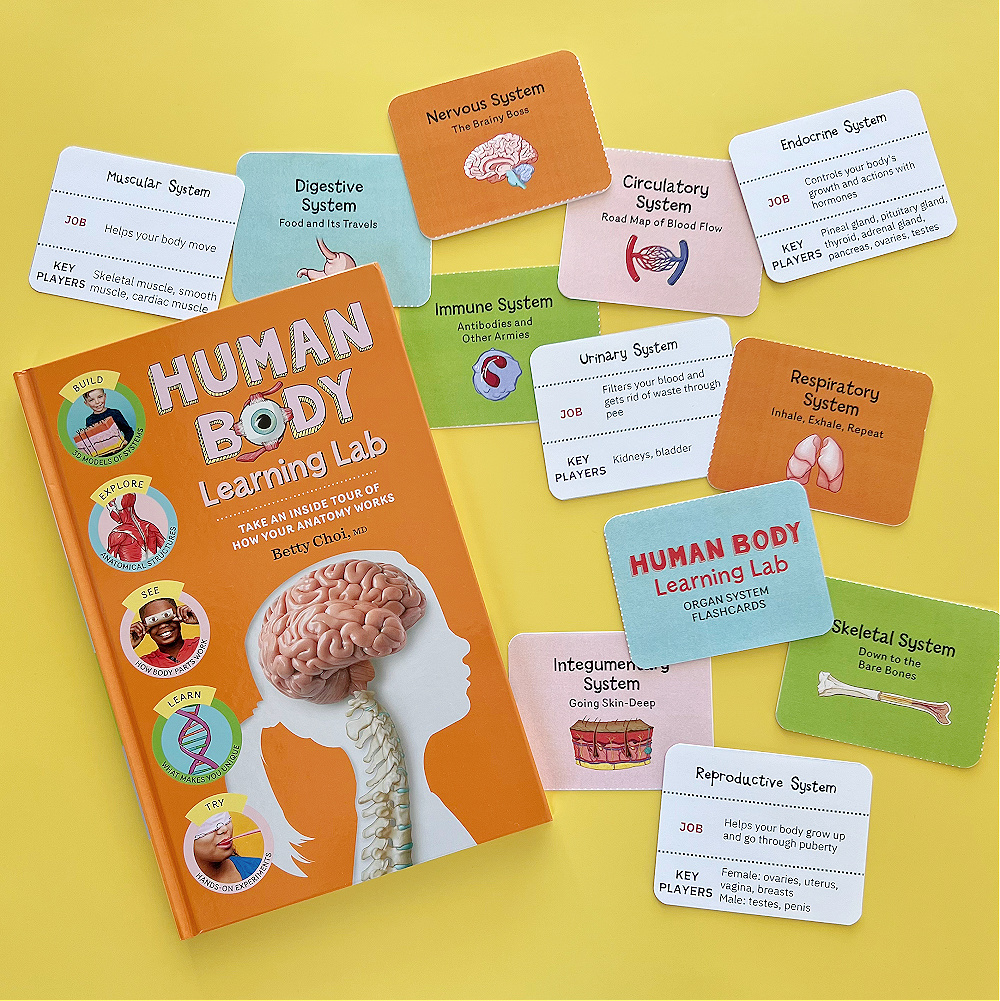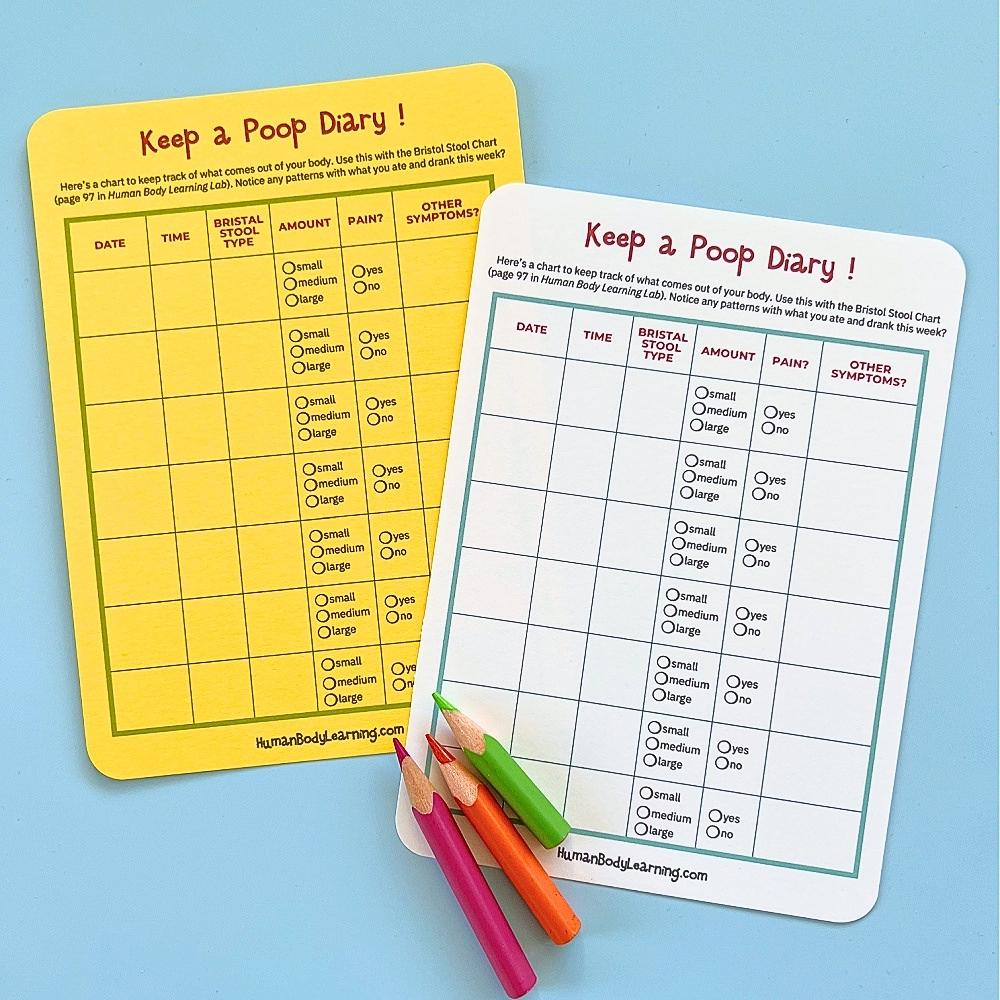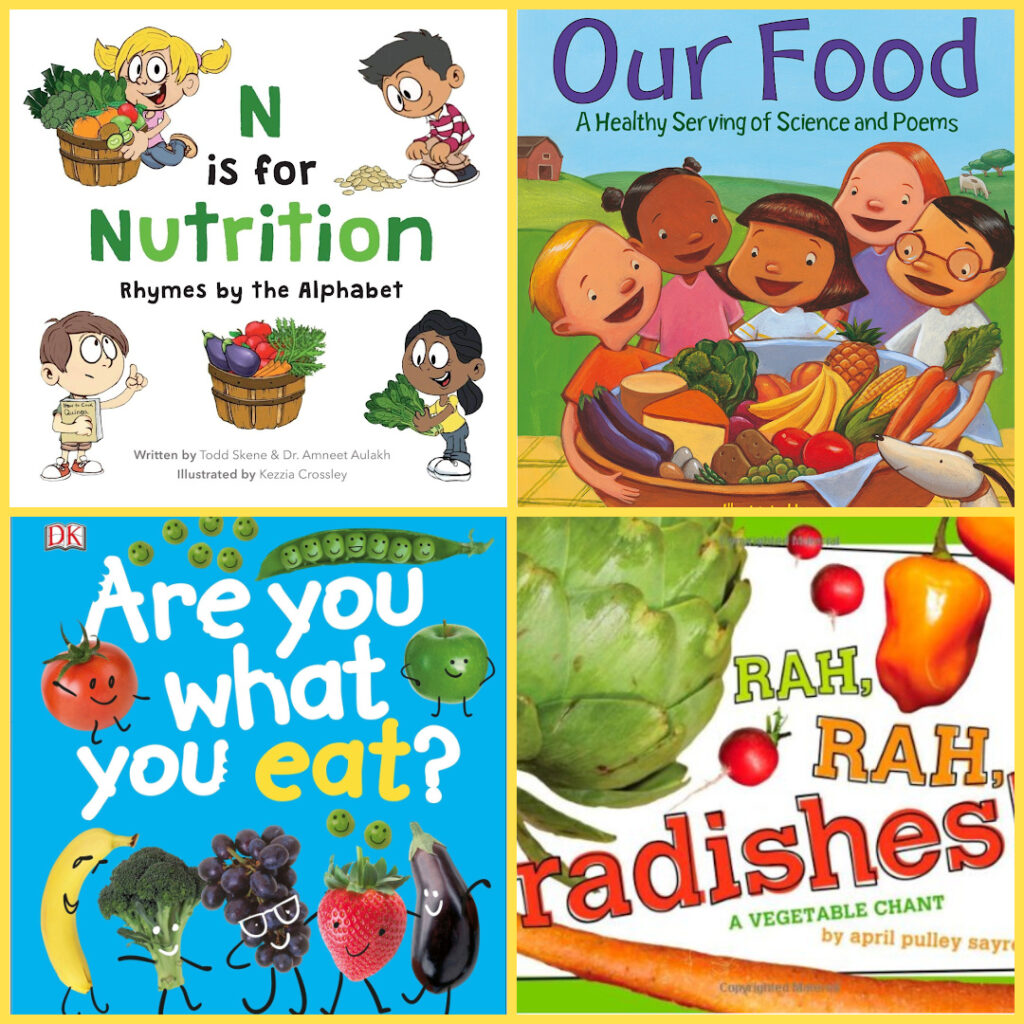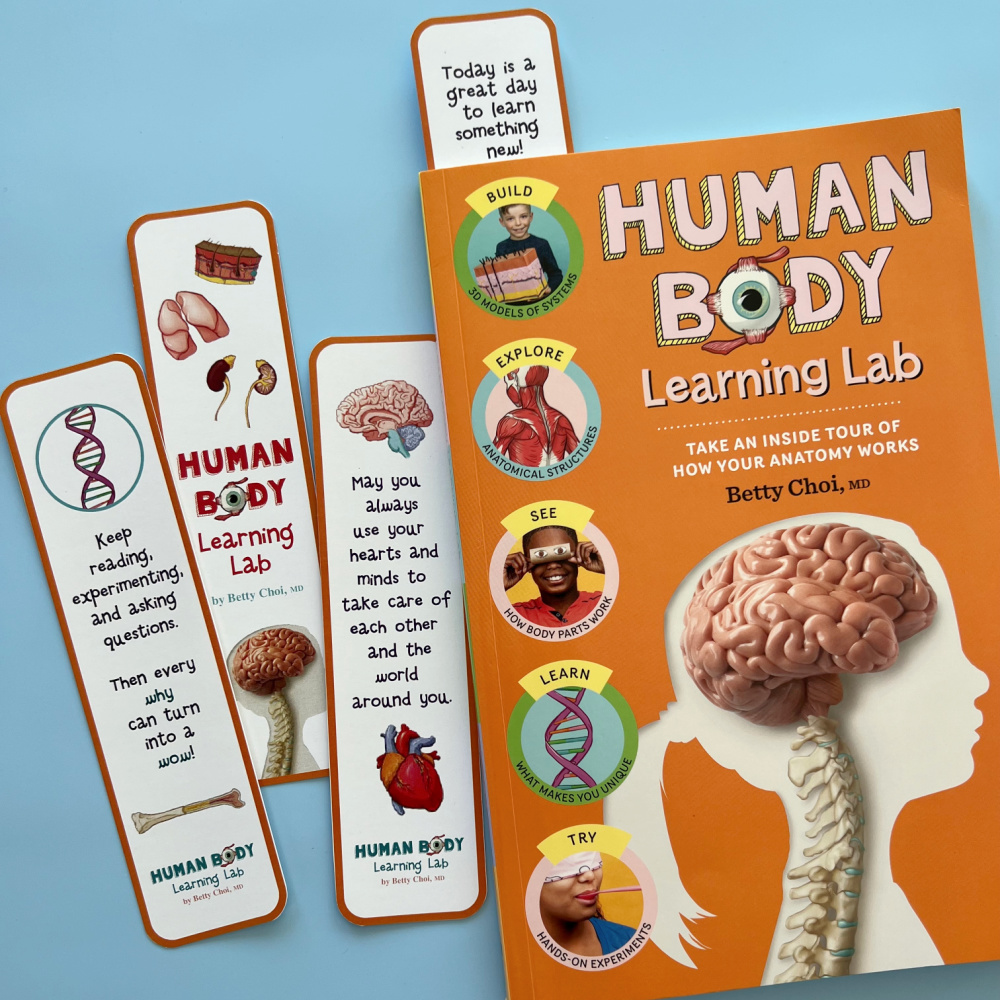Digestive System Facts That Might Surprise You
In simple terms, digestion means breaking down food into something small enough for the body to absorb and use. Many organs work on digestion in the human body. Together, the whole team is called the digestive system. Keep reading to see if these digestive system facts will surprise you!
All about the digestive system for kids
After you take a bite of food, it goes into your digestive system and comes out as poop. Sometimes, stinky gas comes out, too!
These facts are pretty gross and amazing, but your digestive system is more than a poop factory. In addition to transforming food into poop, the human digestive system turns food into fuel for your body.
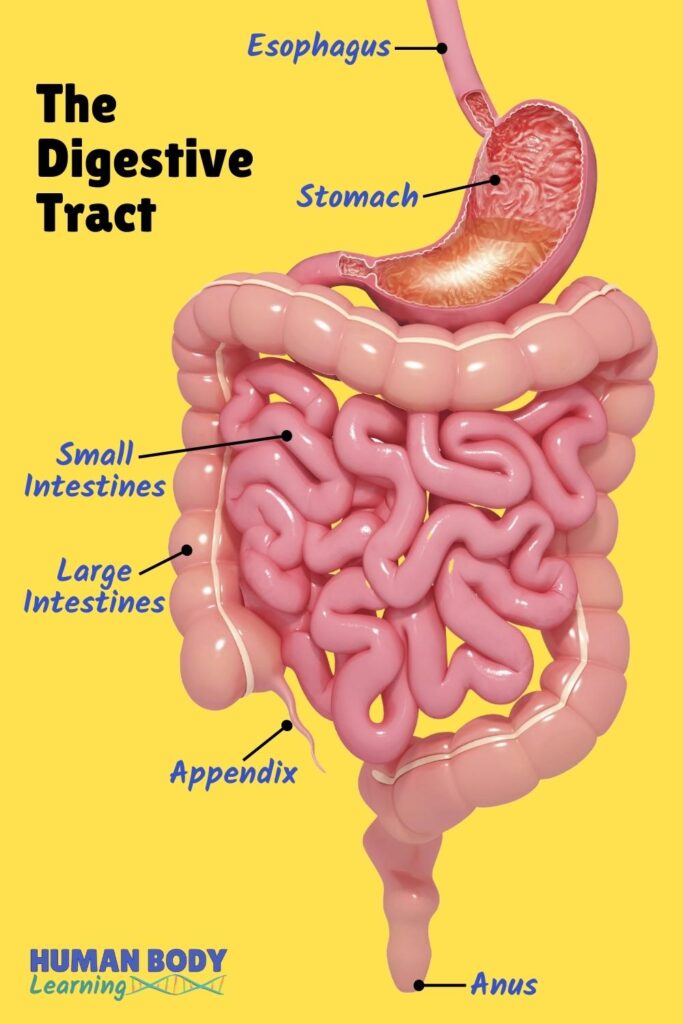
Organs in the digestive system
Before we learn more cool facts about the digestive system, let’s meet the organs that are part of it.
Your digestive tract includes the mouth, esophagus, stomach, small intestines, large intestines, and anus.
Other parts of the digestive system, like the liver, pancreas, and gall bladder, act like assistants in breaking down food.
Fun digestive system facts for kids
Here are the most fun and interesting facts about your gastrointestinal system!
Your digestive system is longer than your body.
How tall are you? Four, five, or six feet tall?
If you stretched out your entire digestive tract, it would be way taller than you!
The average adult’s digestive tract measures about 30 feet (9 meters) long! That’s about as long as 2 cars parked end-to-end.
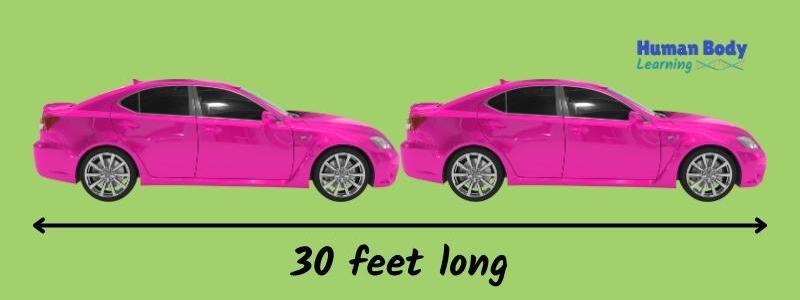
The longest organ is the small intestines, which measure about 20 feet (6 meters) long in adults. That’s taller than a giraffe!
It’s more like the tortoise than the hare.
For most kids and adults, food takes 2 or 3 days to travel through your digestive system.
At first, food moves down quickly. Food only takes a few seconds to get from your mouth to your stomach. But after that, things slow down a lot.
For the next 4 hours, your stomach churns the food. So, the meal you eat at breakfast leaves your stomach just in time for your lunch!
Then, moving through your intestines takes another 5 hours or so. Finally, digested food makes its way to the large intestines, where leftover waste becomes poop. This last part of the journey is the longest and lasts for 1 to 2 days.
Some digestive organs never touch food.
Starting from your head and ending in your butt, food travels through the long digestive tract. But get ready for this shocking digestive system fact!
Three organs help digestion without touching food: the liver, gallbladder, and pancreas.
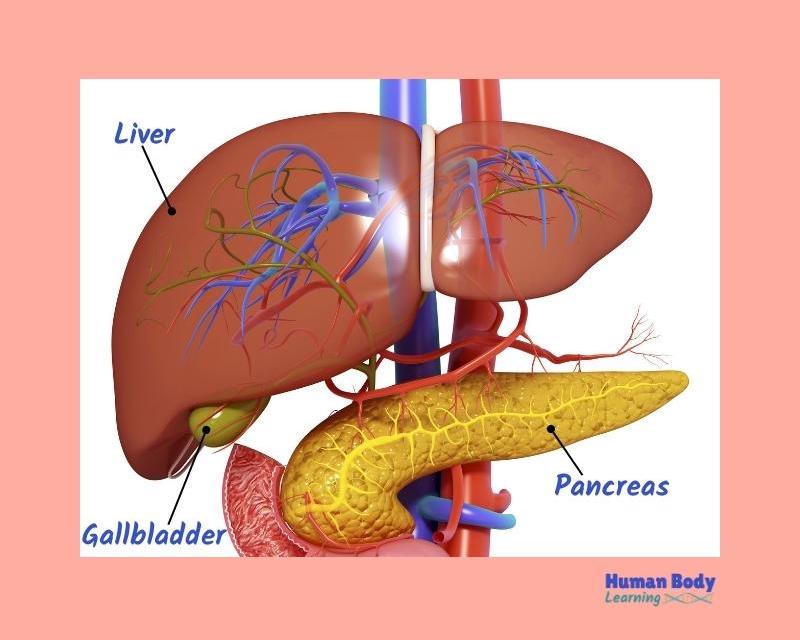
Even though food does not pass through these organs, they are helpful neighbors.
- Your liver makes bile, cleans up your blood, and stores sugar to give your body energy.
- Your gallbladder stores bile, a green liquid that breaks down fat.
- Your pancreas releases enzymes that help break down fat, protein, and carbohydrates in your small intestine.
Your stomach can stretch like a balloon.
When your stomach is empty, it’s about the size of your first. After you swallow food, it travels down your esophagus to your stomach.
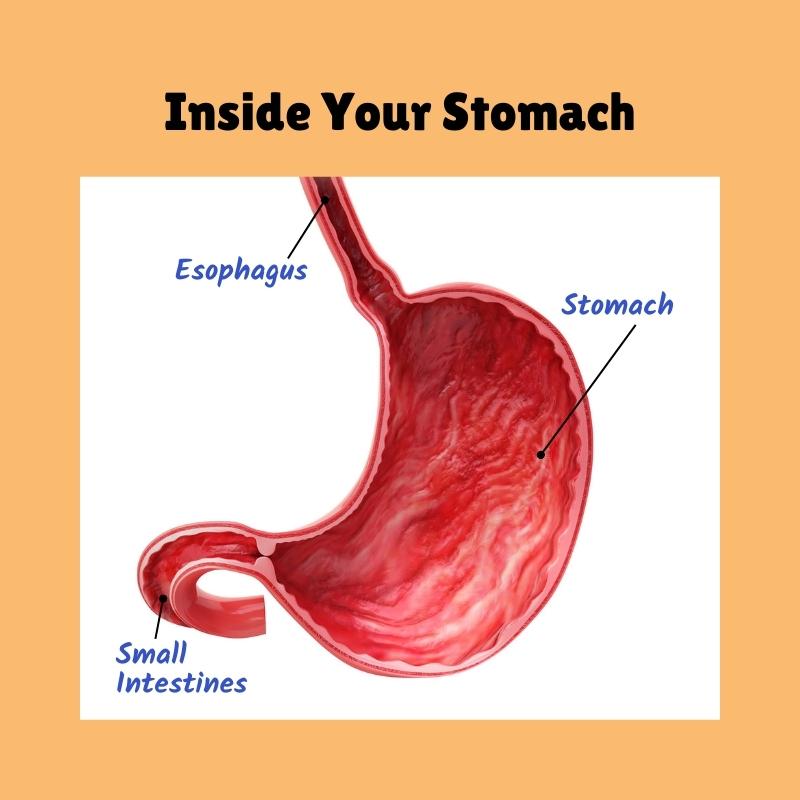
Your stomach expands like a balloon to make room for the food you just ate.
Then, your stomach muscles act like a blender, mixing food while stomach acid breaks it into smaller bits.
As the food travels to the next destination – the small intestines – your stomach shrinks to its regular size.
The whole process repeats at your next snack or meal!
How big can the stomach stretch out? It depends on your age and how much you eat. The average adult’s stomach can hold about 4 cups (1 liter) of food.
Even though stomachs can stretch out more than this, it’s important to listen to your body and stop eating when you feel full.
Trillions of bacteria live in your gut.
This is one of the most fun and surprising digestive system facts! It’s true: your intestines are the home to trillions of bacteria.
Don’t worry, though! Most of the time, bacteria in the gut are your friends. They help you digest the food you eat.
But remember to wash your hands! Handwashing is a useful way to keep bad bacteria out of your body.
Your large intestines are shorter than your small intestines
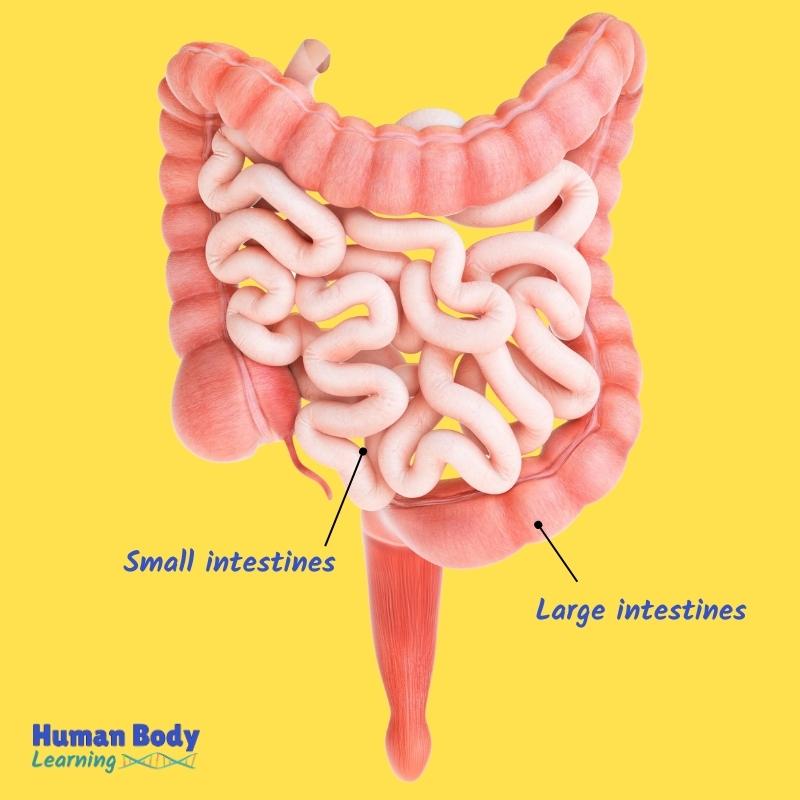
Compared to the super long small intestines, the large intestines are much shorter at 6 feet (1.8 meters).
Their names might be confusing, but it depends on how wide these tubes are, not how long.
The small intestines are only 1 inch wide, while the large intestines are about 3 inches wide.
Sad digestive system facts
Although these digestive system facts are about the frustrating parts of life, they are important to learn. Kids can become wiser and tougher after these experiences.
Your brain can affect your digestive system.
Stress and anxiety can cause tummy troubles. Sometimes, people get nauseous when they’re nervous; others have diarrhea when they feel distressed about school or work.
It might seem unrelated, but resting and nurturing your feelings can make a big difference. Mindfulness activities, exercise, and getting better sleep can greatly help your brain and digestive system at the same time.
“Stomach bugs” spread easily.
Stomach “bugs” are viruses or bacteria, not insects! The world has many different kinds that can spread easily between friends and strangers.

Here are some of the ways you can catch these nasty germs:
- Eating food or drinks that contain germs.
- Touching objects with germs and then touching your mouth.
- Holding hands with someone who has the germs and then touching your mouth.
Learn more about how “bugs” spread from interesting books about germs.
Allergies can cause vomiting and diarrhea.
But not just any ol’ allergy. The body gets irritated and swollen during a serious reaction to food allergies. This means the intestines can get crampy, reject whatever you have eaten, and cause sudden vomiting and diarrhea.
The good news is that medications can treat food allergies and save lives if they are given right away. Read books about food allergies for tips on staying safe.
Have fun learning digestive system facts!
Which digestive system facts surprised you most? Which facts were most interesting? Now, you can impress your friends with these fun digestive system facts!
More fun ways to learn digestive system facts for kids
Published on August 12, 2022. Updated on April 7, 2024 by Betty Choi, MD
Published on August 12, 2022. Updated on April 7, 2024 by Betty Choi, MD

Betty Choi, MD
Dr. Betty Choi is a Harvard-trained pediatrician who makes learning fun and doable. She created the kids’ anatomy book Human Body Learning Lab, which Science Magazine recommended as a “notable standout in the genre.”

